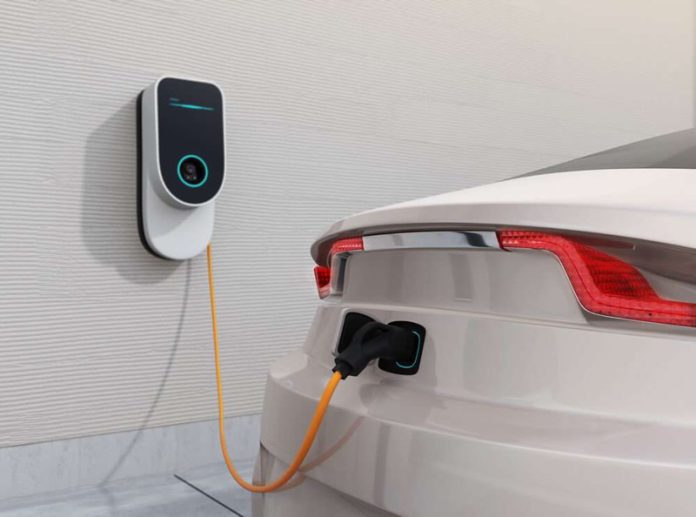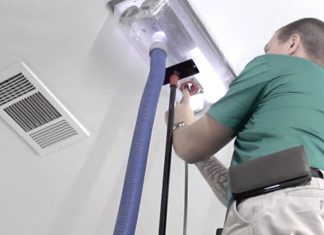Electric vehicles are a green alternative to regular gas powered cars. Setting up a home charging station provides convenience and potential cost savings for EV owners. This process involves assessing one’s needs, researching equipment options, hiring professional installation, and performing occasional maintenance. As EV technology continues advancing, future innovations aim to make recharging even more seamless. This article explores essential considerations around establishing residential EV charging capabilities.
Detailing Home Charger Options
There are three common categories of EV chargers based on charging speed and electrical power output. Choosing the right home charger depends chiefly on how quickly you need to be able to recharge your EV’s battery. Level 1 uses a standard 110-volt household outlet to slowly add about 4 miles of charge per hour plugged in.
Level 2 charges much more rapidly, fully recharging an EV battery up to six times faster. This does require installing a higher voltage 240-volt power source but then provides 10 to over 60 additional miles of charge for every hour plugged in. A third class, DC Fast Chargers, refers to ultra-high powered public charging stations designed to very quickly reload EV batteries specifically for long road trips when time is of essence.
Speaking to professionals at thelocalelectrician.com.au can help provide clarity when researching home charging options. A Level 2 station, while requiring more initial investment, provides benefits like fast charging speeds, the ability to charge while sleeping, and added resale value for the future.
Determining the Best Option
So with multiple charger types to choose from, how can a prospective EV buyer know which is the smartest choice? Two main deciding factors bubble to the top. First, confirm that whichever EV charger is under consideration properly fits the make, model, and charging connector type of your electric vehicle.
Second, think about your average daily EV mileage needs and how much time the vehicle typically spends parked at home. An expensive high-output charger may not provide much additional value for a driver who goes on short trips within a smaller geographical area. But for those who rack up the miles or need to minimize time spent waiting for a full recharge, a rapid Level 2 system can be well worth the higher install costs.
Weighing the Benefits of Professional Installation
Hiring certified electricians, rather than trying to DIY an EV charger install, brings safety assurance and long-term cost savings. Qualified electrical contractors have extensive training in safely navigating home electrical systems in line with all state and local regulatory policies. This expertise prevents incorrectly wired connections that could lead to hazards or code violations down the road. Professionals also ensure the charging stations they put in are durable and built to handle both regular operation and extreme weather events.
Many companies also provide EV Charger Installation Training Programs to help new EV owners confidently navigate their charging systems. With expert guidance, new EV owners can learn how to efficiently and safely charge their car, set up their chargers, optimize charging times, and troubleshoot minor issues, empowering them to make the most of their EV experience.
Walking Through the Installation Process
Putting in a Level 2 EV charging station at home follows a straightforward sequence of key steps, assuming the home’s electrical infrastructure can handle the extra load. The process starts with an assessment from an electrician surveying the property and current wiring situation.
Next comes mapping out potential sites around the home to mount the charging unit, factoring in aesthetics, EV parking convenience, and ease of routing new wiring. Once a location is selected, the charger gets securely mounted in place while the electrician runs dedicated power cables from the home’s main circuit breaker directly to the new EV charger. Now, you’re on your way to sustainable living!
Evaluating Special Considerations for Tesla Owners
The EV brand Tesla offers its own home charging equipment, branded as the Tesla Wall Connector. Integrating directly with the vehicles via Wi-Fi connectivity, this first-party charger can reload compatible Tesla EV batteries with over 40 miles of driving range per hour plugged in. Handling the increased electrical loads and proprietary control software makes professional installers especially vital for Tesla owners adding one of these convenient home charging units.
Incorporating Safety Steps
Maintaining vigilance about safety applies both during initial EV charger installation as well as over the equipment’s operating lifetime. Key precautions include mounting the unit in a stable, indoor location not exposed to weather elements, avoiding the use of extension cords, and periodically inspecting physical charger components for any concerning wear or damage. Adhering to manufacturer guidelines and local regulations also keeps a home EV charging station running safely for many years.
Click here for additional information on EV charging. Also look out for incentives and support programs offered in different regions to offset EV purchase and home charging installation costs. Staying up to date on these can help save money over the long run.
Understanding the Costs Involved
A broad range of estimates exist around the total costs associated with getting set up with home EV charging capabilities. Level 1 simply uses existing household outlets and basic charging cables, removing the need for complex installations.
Level 2 configurations start in the few hundreds of dollars for the charging unit itself but climb higher when factoring in professional electrical labor, permits, panel upgrades, and local utility inspections. Ultimately a range of $500 to $2500+ presents a reasonable ballpark for having a Level 2 system put in by trained electricians, varying substantially based on site specifics and regional rates.
Leveraging Energy Savings Opportunities
An added incentive surrounding EV ownership rests in potential energy cost reductions compared to their gas-powered counterparts. Many local electric companies feature special rate programs or incentives for OFF peak charging when electrical demand is lower, such as during nighttime hours or weekends. Taken together with the overall higher energy efficiency inherent in EVs, most homeowners can offset a portion of the original EV charger investment via ongoing utility bill savings.
Upgrading the System Down the Road
Improving or right-sizing home EV charging capabilities is straightforward for homeowners whose needs change over time. The process of moving to a higher output Level 2 charger from an existing Level 1 bears similarity to initial installation.
Key aspects include hiring a certified electrician to conduct a safety evaluation and inspection, checking if any electrical service upgrades are warranted to support additional electrical loads, and settling on the ideal physical location to install the new equipment. While upgrade costs are involved, the benefit lies in boosting charging speeds dramatically to keep pace with driving demands.
Troubleshooting Common Issues
An EV charging station can enhance your home’s electrical capabilities. But, problems can sporadically arise. Slow charging speeds compared to product ratings or interrupted charging sessions occasionally occur. The culprit behind such issues varies. Sometimes faulty hardware causes the complications, while other times overloaded electrical grids or the EV battery’s own charging mechanisms shut off early to avoid damage when overheating. Hiring a licensed electrician allows correctly diagnosing and resolving these kinds of problems for optimal safety and performance.
The Summary
Establishing a home setup to charge your electric vehicle (EV) offers both convenience and savings. Understanding the basics of EV charging, choosing the right charger type based on individual requirements followed by professional installation ensures you get the most out of this investment. As advancements continue to make these setups more efficient and user-friendly in future, an EV is indeed an asset worth possessing not only for the environment but also in economic terms.













